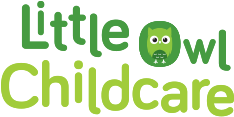Adults see scribbling, but for children it is their masterpiece!
Mark making is a very important phrase of a child’s development. It is a visual way to communicate and interact in a meaningful way with adults in their lives, as well as developing their coordination, creativity and literacy skills.
The phases of scribbling in young children can be categorised:
- Random scribbling – this first phrase is the very beginning of children showing interest in holding a pencil and making random marks, typically, this can be seen as lines in different directions.
- Controlled scribbling – this next stage shows the child has much more control over the pencil and will leave marks where they want to on the paper.
- Naming of scribbling – at this stage, the child is thinking more into the mark-making action. They are beginning to make links with their marks on the paper and the world around them, this could be something that is meaningful to them in their life, a personal experience or an object.
- Early representational attempts – at this stage, the child’s drawing may start to resemble real-life images because they have greater muscle control and a greater understanding of the world around them.
- Representational stage of scribbling – in the last and final stage, children will draw basic objects, this usually starts with circular shapes. It might be their own personal version, e.g. they may draw five circles together and call it a car.
As adults, we should provide opportunities for children to mark make it their own way. This doesn’t always have to be using a pencil and paper. Try sticks in the mud, flour and a paintbrush or their finger dipped in paint. The possibilities are endless.


Recent Comments